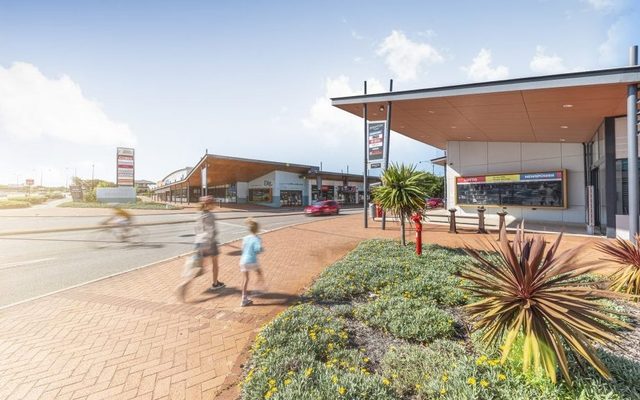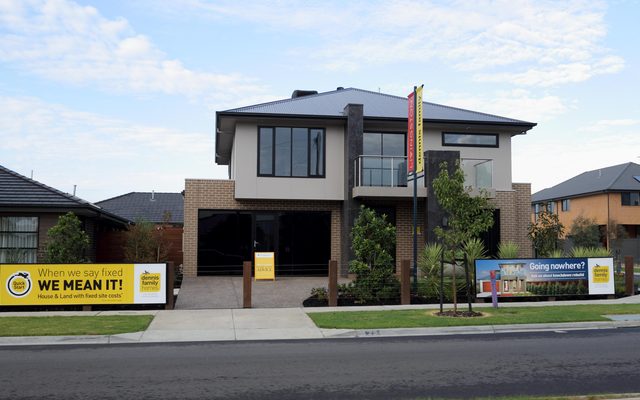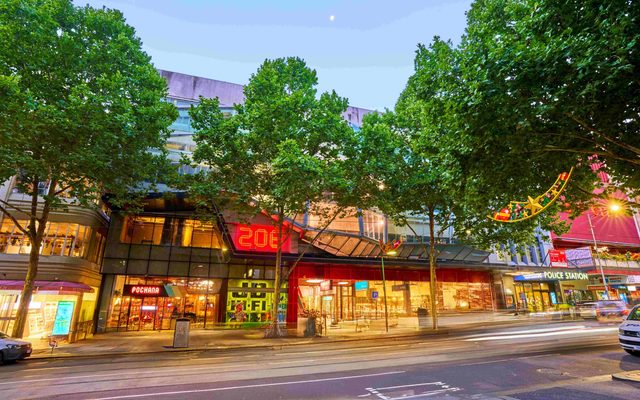This article is from the Australian Property Journal archive
AFTER a period of Australians seeking treechanges and seachanges turbocharging regional house markets, the spotlight is now back on the country’s capital cities for price growth, according to a Canstar and Hotspotting report.
Brisbane, spurred by 2032 Olympics and Paralympics infrastructure projects, and affordable Adelaide retained the top two positions in the 2024 Rising Stars report, while Sydney – riding a wave of strong demand and a heated rental market – surged from 12th out of the 14 capital cities and regional markets in 2023 to third, and Melbourne from 13th to equal fifth, alongside regional Queensland.
Perth was in fourth. The remaining regional markets all followed from seventh – Western Australia, South Australia, NSW, Victoria and then Tasmania – with Hobart, and tumbling pair Darwin and Canberra rounding out the list.
“The allure of urban living is piquing our interest again as many companies mandate the return-to-office with a range of perks such as flexible work options, office catering, subsidised transport or parking incentives, social events, in-personal professional development opportunities,” said Canstar’s ambassador and money expert, Effie Zahos.
Affordability and lifestyle benefits had been the biggest drawcards for regional living in recent years, but property prices have surged in popular regional areas, she said.
“Add to this the thriving economies, ongoing infrastructure spending and big-name events hitting our key cities and it’s easy to see why our capital cities are shining – the lights are back on for sure.”
The top suburbs in Brisbane were Bellbird Park, Bowen Hills, Cleveland, Eagleby, Goodna, Milton, Nundah, Petrie, Springwood and Wavell Heights.
For price growth projections in Adelaide, Andrews Farm, Christie Downs, Elizabeth East, Enfield, Greenwith, Mount Barker, Hope Valley, Salisbury, St Clair and Woodcroft led the city.
In Sydney, it was Ashfield, Casula, Guildford, Minto, Mt Druitt, Newtown, Padstow, Penshurst, St Marys and Westmead, while Perth was led by Balcatta, Banksia Grove, Belmont, Bentley, Golden Bay, Gosnells, Harrisdale, Midland, Greenwood and Wellard.
Regional Queensland suburbs Bargara in Bundaberg, Berserker in Rockhampton, Blacks Beach in Mackay, East Toowoomba, Golden Beach in Sunshine Coast, Kingaroy in South Burnett, Merrimac in Gold Coast, Nambour in Sunshine Coast, Varsity Lakes in Gold Coast and West Gladstone offered the best price growth potential.
Melbourne was led by Ascot Vale, Boronia, Brunswick East, Collingwood, Frankston, Mill Park, Mitcham, Northcote, Nunawading and Oakleigh.
Zahos said rising interest rates and living costs are impacting affordability and the borrowing power of buyers, extending to their ability to meet loan repayments.
“This is a concern for both new and existing homebuyers and explains why 54% of Rising Star suburbs have a median unit or house price below $600,000.”
The findings also show 37% of this year’s list consists of units, up from 18% last year.
CoreLogic data showed house values have surged faster than unit values, with the gap between median capital city house and unit values hitting a record high of 45.2% in January.
Canstar’s analysis of the Reserve Bank of Australia’s lenders’ interest rates reveals a 0.64 percentage point difference between the average variable interest rate for existing borrowers at 6.39% and today’s lowest ongoing variable rate at 5.75%. This reduction translates to a $248 saving on monthly repayments for a $600,000 loan over 30 years, with long-term interest savings totalling $89,108. For a $1 million loan, savings could amount to $413 per month in repayments or up to $148,603 in interest over 30 years.




